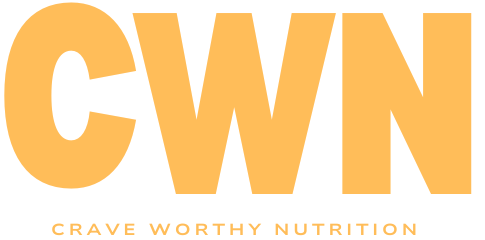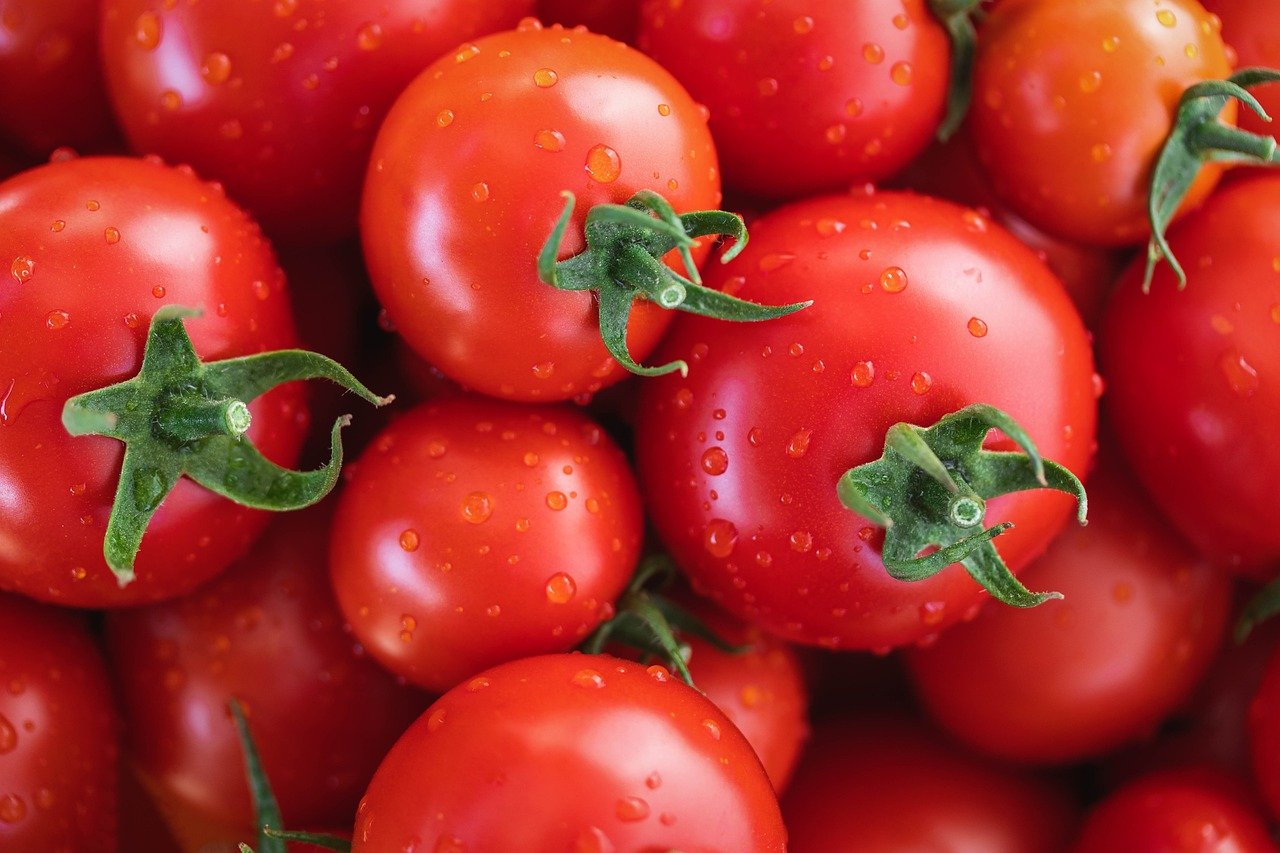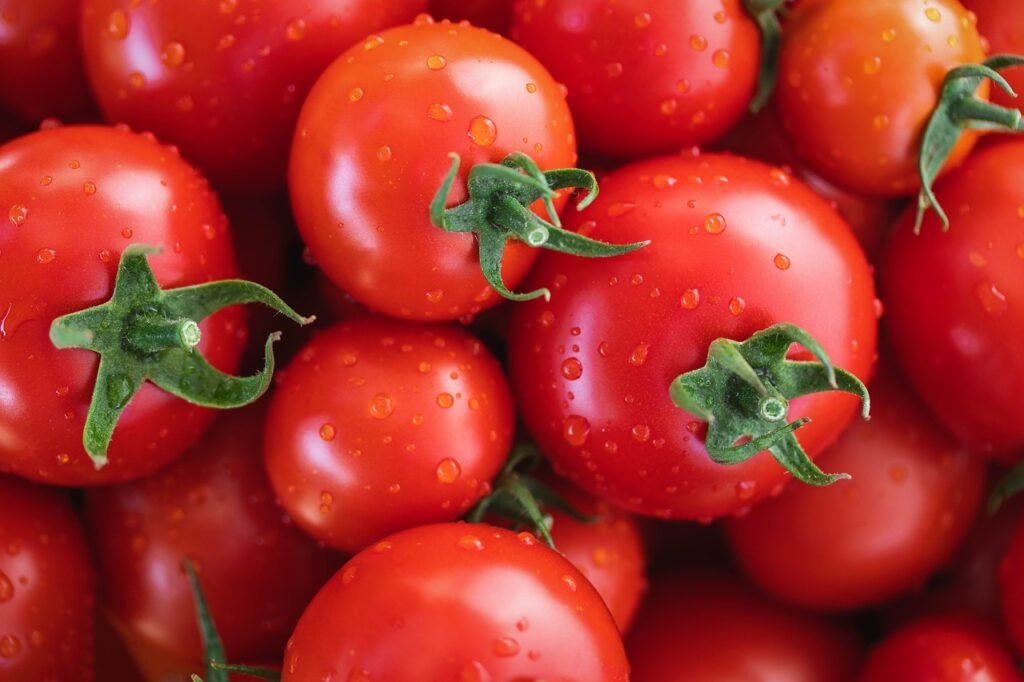
Lectins have been a hot topic in the health and wellness community for some time now. Let’s explore lectins in tomatoes. These naturally occurring proteins are found in many plant-based foods, including tomatoes.
But what exactly are lectins and why are they causing such a stir?
In this blog post, we will dive into the truth about lectins in tomatoes and discuss how to handle them in your diet. So, if you’ve ever wondered what are lectins and which foods have them, keep reading to find out.
Understanding Lectins: What Are They and How Do They Affect You?
Lectins – a word that has been buzzing around the health and wellness community. You may have heard of them, but do you really understand what they are and how they can affect your body?
In this section, we will delve into the world of lectins and uncover the truth about their impact on your health.
So, what exactly are lectins?
Lectins are naturally occurring proteins found in many plant-based foods, including tomatoes. They serve a protective role for plants by acting as a defense mechanism against pests.
When ingested by animals or humans, lectins can interact with cells in the body and potentially cause negative effects.
The question on many minds is just how harmful are lectins? While some people claim that lectins can wreak havoc on the digestive system and lead to inflammation, there is still much debate among experts.
The truth is that lectins can have different effects on different individuals. Some people may be more sensitive to lectins and experience symptoms such as bloating, gas, or digestive discomfort.
However, for most people, lectins are not a cause for concern when consumed in moderation.
If you are concerned about lectins in tomatoes, there are ways to mitigate their potential effects. One popular method is to remove lectins by soaking and cooking tomatoes.
Soaking tomatoes in water for a few hours can help reduce lectin content. Additionally, cooking tomatoes can further break down lectins and make them less harmful to the body.
There are numerous recipes available online that specifically focus on removing lectins from tomatoes.
While it is important to be aware of lectins in tomatoes, it is also crucial to understand that they are just one component of a healthy diet. Tomatoes are packed with essential nutrients and antioxidants that provide numerous health benefits.
By cooking and consuming tomatoes in a variety of ways, you can optimize their nutritional value while minimizing the potential effects of lectins.
Beyond tomatoes, it’s also important to consider your overall intake of lectins from other plant-based foods. While lectins are naturally present in many foods, they are most concentrated in legumes, grains, and nightshade vegetables.
By diversifying your diet and incorporating a variety of foods, you can reduce the impact of lectins while still enjoying their nutritional benefits.
Debunking the Myths: The Truth About Lectins in Tomatoes
Lectins in tomatoes have been the subject of many myths and misconceptions in the health and wellness community. In this section, we will debunk these myths and provide you with the truth about lectins in tomatoes.
One of the most common myths surrounding lectins in tomatoes is the belief that they are extremely harmful to our health. Some people claim that lectins can lead to inflammation, digestive issues, and even autoimmune disorders.
However, the truth is that the potential harm of lectins is highly individualized and depends on a variety of factors, including your overall health, genetics, and gut microbiome.
While lectins can cause digestive discomfort in some individuals, for most people, they are not a cause for concern when consumed in moderation. Tomatoes are a nutritious and delicious fruit that provide a wide range of health benefits.
They are rich in vitamins, minerals, and antioxidants that support a healthy immune system and contribute to overall well-being.

If you are concerned about lectins in tomatoes, there are ways to mitigate their potential effects. Soaking tomatoes in water for a few hours can help reduce lectin content.
Additionally, cooking tomatoes can further break down lectins and make them less harmful to the body.
There are numerous recipes available online that specifically focus on removing lectins from tomatoes, allowing you to enjoy this versatile fruit without worry.
It’s important to remember that lectins are just one component of a healthy diet.
By diversifying your food choices and incorporating a variety of fruits, vegetables, whole grains, and lean proteins, you can minimize the impact of lectins while still enjoying their nutritional benefits. It’s all about balance and moderation.
Tips and Techniques to Reduce Lectin Levels in Tomatoes
When it comes to reducing lectin levels in tomatoes, there are a few tips and techniques that can help.
While it’s important to note that lectins in tomatoes are generally not a cause for concern for most people when consumed in moderation, some individuals may be more sensitive and may benefit from reducing lectin content in their diet.
Soaking
One way to reduce lectins in tomatoes is by soaking them.
Soaking tomatoes in water for a few hours can help to remove some of the lectin content. Simply place the tomatoes in a bowl of water and let them sit for a couple of hours.
This process can help to leach out some of the lectins, making them less harmful to the body. After soaking, make sure to rinse the tomatoes thoroughly before consuming them.
Cooking

Another technique to reduce lectins in tomatoes is by cooking them. Cooking tomatoes can further break down lectins and make them less harmful. This is especially true for foods that are high in lectins, such as legumes and grains.
Cooking tomatoes can be as simple as roasting them in the oven or sautéing them on the stove. There are also numerous recipes available online that specifically focus on removing lectins from tomatoes.
These recipes often involve cooking the tomatoes at high temperatures or using methods such as pressure cooking to break down lectins.
It’s important to note that while soaking and cooking can help to reduce lectin levels in tomatoes, they may not eliminate all lectins completely. However, these techniques can still make a difference, especially for those who are more sensitive to lectins.
Additionally, it’s important to remember that lectins are just one component of a healthy diet.
By diversifying your food choices and incorporating a variety of fruits, vegetables, whole grains, and lean proteins, you can minimize the impact of lectins while still enjoying their nutritional benefits.
Cooking and Consuming Tomatoes for Optimal Health Benefits
When it comes to cooking and consuming tomatoes for optimal health benefits, there are a few key strategies to keep in mind.
While tomatoes naturally contain lectins, these proteins can be mitigated through various cooking and preparation methods.
By taking these steps, you can still enjoy the many nutritional benefits of tomatoes while minimizing the potential effects of lectins.
Soaking and Rinsing Thoroughly
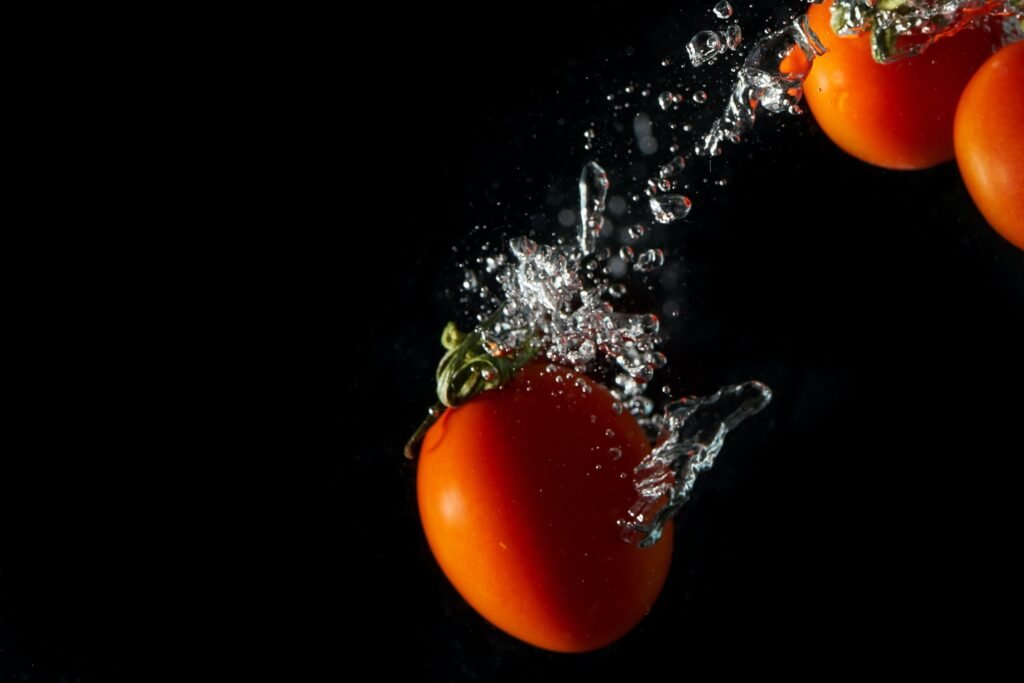
One important method to consider is how to remove lectins from tomatoes.
As mentioned earlier, soaking tomatoes in water for a few hours can help to reduce lectin content. This simple step allows the lectins to leach out into the water, making them less harmful to the body.
After soaking, be sure to rinse the tomatoes thoroughly to remove any residual lectins before consuming them.
Cooking Tomatoes in High Temperatures
Another way to optimize the health benefits of tomatoes is by cooking them.
Cooking tomatoes not only enhances their flavor, but it also further breaks down lectins, making them less harmful. You can try roasting tomatoes in the oven or sautéing them on the stove.
The high temperatures involved in these cooking methods can help to deactivate lectins, making them easier to digest. Additionally, there are plenty of recipes available online that specifically focus on removing lectins from tomatoes.
These recipes often involve cooking the tomatoes at high temperatures or using methods such as pressure cooking to break down lectins effectively.

It’s important to note that while soaking and cooking can help to reduce lectin levels in tomatoes, they may not eliminate all lectins completely.
However, these techniques can still make a significant difference, especially for those who are more sensitive to lectins.
By taking these steps, you can enjoy the nutritional benefits of tomatoes without worrying about the potential effects of lectins.
Diversity
Lastly, it’s essential to remember that tomatoes are just one component of a healthy diet. While they are packed with essential nutrients and antioxidants, it’s important to diversify your food choices and incorporate a variety of fruits, vegetables, whole grains, and lean proteins.
By doing so, you can further minimize the impact of lectins while still enjoying their nutritional benefits.
In summary, cooking and consuming tomatoes for optimal health benefits involves taking steps to remove lectins and optimizing their nutritional value.
Soaking tomatoes and cooking them at high temperatures can help to reduce lectin levels and make them less harmful to the body.
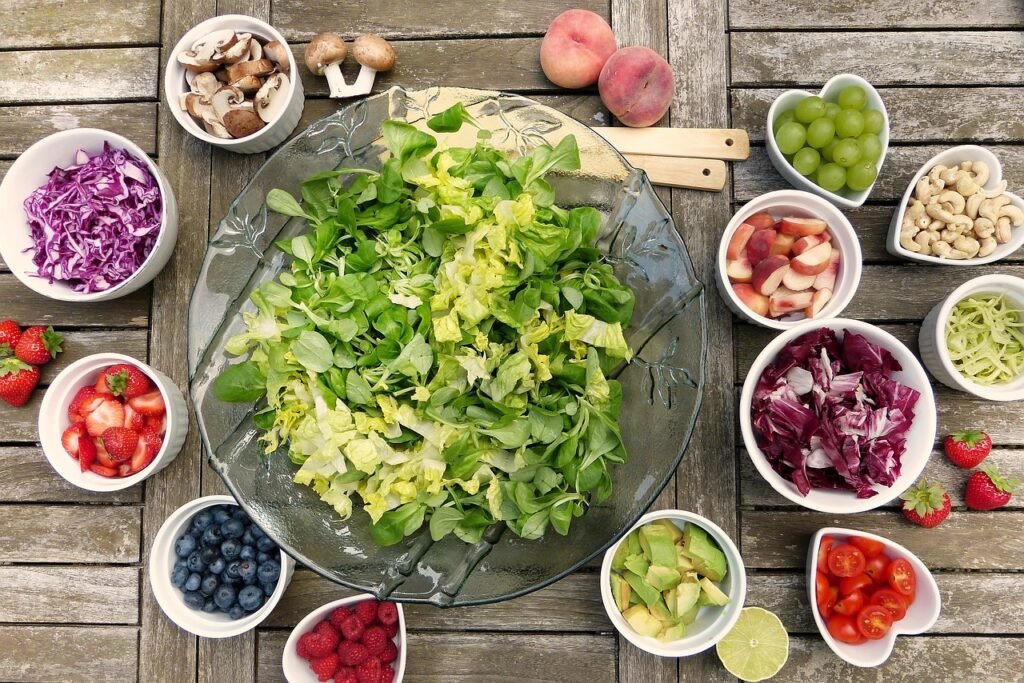
Additionally, diversifying your diet and incorporating a variety of nutrient-rich foods is essential for overall health. By following these strategies, you can confidently enjoy the many benefits of tomatoes while minimizing the potential effects of lectins.
Beyond Tomatoes: Managing Lectin Intake in Other Foods
When it comes to managing lectin intake in your diet, it’s important to consider not just tomatoes, but also other plant-based foods that contain lectins.
While lectins are naturally present in many foods, they are most concentrated in legumes, grains, and nightshade vegetables. By being mindful of your overall intake of lectins from these foods, you can further minimize their potential effects while still enjoying their nutritional benefits.
If you’re concerned about lectins in your diet, there are several strategies you can implement to manage your intake.
Firstly, soaking and cooking can be effective ways to remove lectins from foods. This technique can be applied to a variety of plant-based foods, including legumes and grains.
Soaking these foods in water for several hours can help to leach out lectins, making them less harmful when consumed. Additionally, cooking these foods can further break down lectins, ensuring they are easier to digest.
There are also numerous recipes available online that specifically focus on removing lectins from foods. These recipes often involve soaking and cooking techniques, as well as using ingredients that are low in lectins.
By incorporating these recipes into your meal planning, you can enjoy a diverse range of delicious dishes while minimizing lectin intake.
It’s worth noting that the potential harm of lectins can vary from person to person. Some individuals may be more sensitive to lectins and experience digestive discomfort or other symptoms.
If you suspect you may be sensitive to lectins, it may be helpful to keep a food diary to track any symptoms and identify potential triggers.
This can help you make informed decisions about your diet and find the right balance that works for your individual needs.
In addition to managing lectin intake, it’s crucial to maintain a balanced and varied diet. By incorporating a wide range of fruits, vegetables, whole grains, and lean proteins, you can ensure you’re getting a diverse array of nutrients while minimizing the impact of lectins.
Remember, lectins are just one component of a healthy diet, and by focusing on overall dietary quality, you can optimize your health and well-being.

In conclusion, managing lectin intake goes beyond just tomatoes.
By understanding how to remove lectins from various plant-based foods, exploring recipes that prioritize lectin reduction, and maintaining a balanced diet, you can minimize the potential effects of lectins while still enjoying the nutritional benefits of a diverse range of foods.
Related Articles
Healthy Habits Start with Clean Fruit: How to Clean Fruit Like a Pro
What Do People Really Think? A Deep Dive into Dr Gundry Reviews
